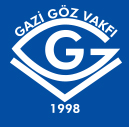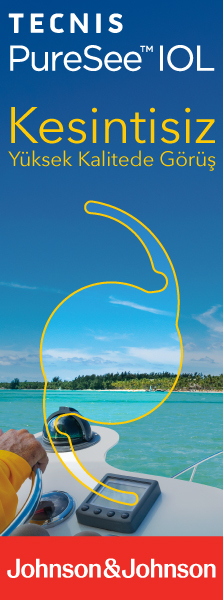2M.D. Antalya Training and Research Hospital, Eye Clinic, Antalya/TURKEY Purpose: To compare subfoveal choroidal thickness of affected eyes of patients by unilaterally active central serous chorioretinopathy (CSCR) with fellow eyes and healthy control group
Materials and Methods: Study included 43 patients with unilaterally active CSCR and age and sex matched 35 healthy people. All people underwent complete ophthalmic examination. Subfoveal choroidal thickness was measured with Cirrus HD 5000 in oneline raster mode in both eyes of patients and right eyes of control group. Patients with any other anterior segment and fundus disease except CSCR was excluded from study. SPSS 16 software was used for statistical analyses.
Results: The study group included 43 patients. Of these, 33 were male and 10 were female. Mean age of patients was 43.8±9.5 years. Control group had 24 men, 11 women and mean age of control group was 40.6±10.2 years. Central foveal choroidal thickness (CFCT) of affected eyes was 508.6±118.3 μm and statistically significantly higher than CFCT of fellow eyes (464.3±95.2 μm) and control group (342.2±71.9 μm). In addition CFCT of fellow eyes of patients were statistically significantly higher than CFCT of right eyes of control group.
Conclusion: The higher choroidal thickness in both eyes with unilaterally active CSCR compared to the control group suggests to us that systemic effects which are not understood yet , may play a role in development of CSCR.
Keywords : Choroidal thickness, central serous chorioretinopathy, optical coherence tomography




